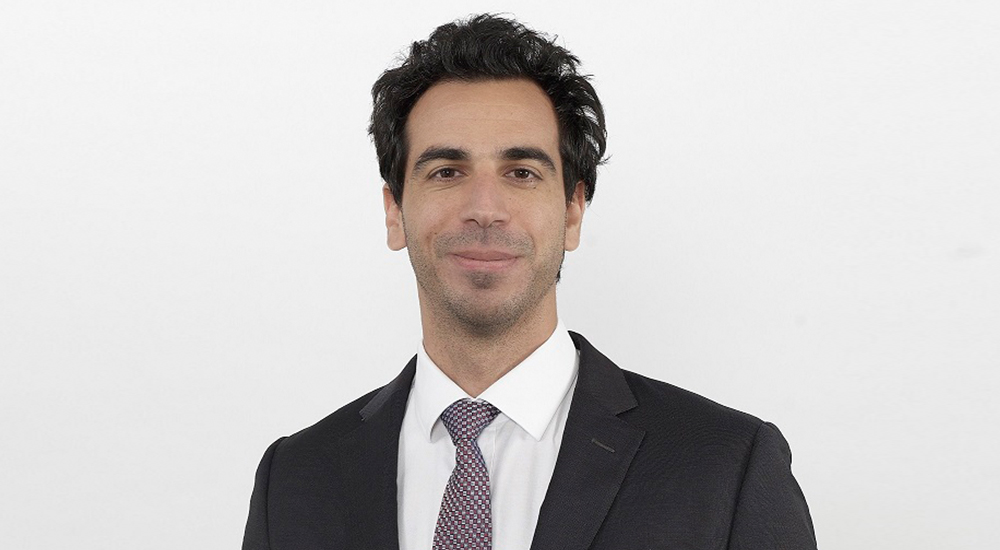Invesco finds strong appetite amongst global investors for real estate investments in ME

Participation in the real estate sector by investors is one of the highest among the alternatives investment class, and experts at Invesco expect it to play an increasing role in investors’ portfolios moving forward.
Real estate assets have a low correlation to other asset classes such as equity and fixed income, serving as a way for investors to diversify their portfolios. With its characteristics of generally stable income, predictable cashflows and ability to act as a hedge against inflation, real estate continues to be a compelling investment alternative, especially as key macro risks bring uncertainty to global markets.
Findings from the Invesco Global Sovereign Asset Management Study indicate that Middle East sovereigns are looking to allocate 12.8% of their portfolio to real estate in 2019 and that interest is due for further growth, with 38% intending to increase allocations to the sector in the next 12 months.
Interest in Middle East is due for further growth, with 38% investors intending to increase allocations to the sector in the next 12 months
The baseline scenario remains positive for real estate investment, despite expectations of slower economic growth for 2019. The deceleration in economic growth forecasts has led monetary authorities to defer policy normalisation, resulting in a “lower-for-longer” interest rate environment.
Occupier demand remains strong, supply is modest and debt is readily available for core assets. Though real estate yields and capitalisation rates are at low levels, the spreads over long-term government bond yields remain within normal ranges, indicating that real estate is still fairly priced and provides more attractive investment opportunities.
Hills cautions that while the outlook for real estate is positive, each investor has their own objective for investing in real estate and needs to be mindful of major macro trends and risks that may crystallise sooner rather than later, thus affecting the overall sector. “Risks affecting the global real estate outlook are greater today than ever before, and are becoming more global in nature. From the possibilities of a trade war and monetary policy normalisation to Brexit and the China debt crisis, such risks could undermine economic growth and real estate markets,” said Hills.
Against the backdrop of this global economic uncertainty, Invesco’s real estate investment teams remain upbeat about the sector. Investment strategies have become more focused on regional and sub-sector offerings that cater to investor preferences to seek out the best assets, taking into consideration macro risk factors. Portfolio allocations to real estate target assets in long-term outperforming markets, or markets in a strong cyclical upswing. Real estate asset opportunities by sub-sector are more selective, especially given the disruption to retail real estate brought about by the rise in e-commerce.
Against the backdrop of this global economic uncertainty, Invesco’s real estate investment teams remain upbeat about the sector
According to Andrew Hills, Managing Director of Global Client Portfolio Management at Invesco Real Estate, investors are including real estate within multi-asset portfolios to enhance returns. “We continue to see an increase in interest for real estate across the risk-return perspective from both core and income-producing investments, through to higher-return strategies. There is a growing appetite higher up the risk curve, and for global diversification.”
Samer Abdel Kader, Client Manager for Invesco Middle East and Africa said, “For Middle East sovereigns’ real estate is seen as offering attractive opportunities for partnerships as well as a way of deploying large volumes of capital. This is part of an ongoing global trend, as the same survey shows that globally Sovereign institutional investors indicated that 8.7% of their allocation on average would be allocated to Real Estate in 2019, from just 4.1% in 2015.”
Abdel Kader, further added, “Typically, investor exposure to the asset class has been via direct investments in global markets. In recent years, we have seen a preference for the use of co-mingled funds among institutional investors as an efficient and cost-effective method of accessing a pool of diversified real estate holdings in global markets.”





